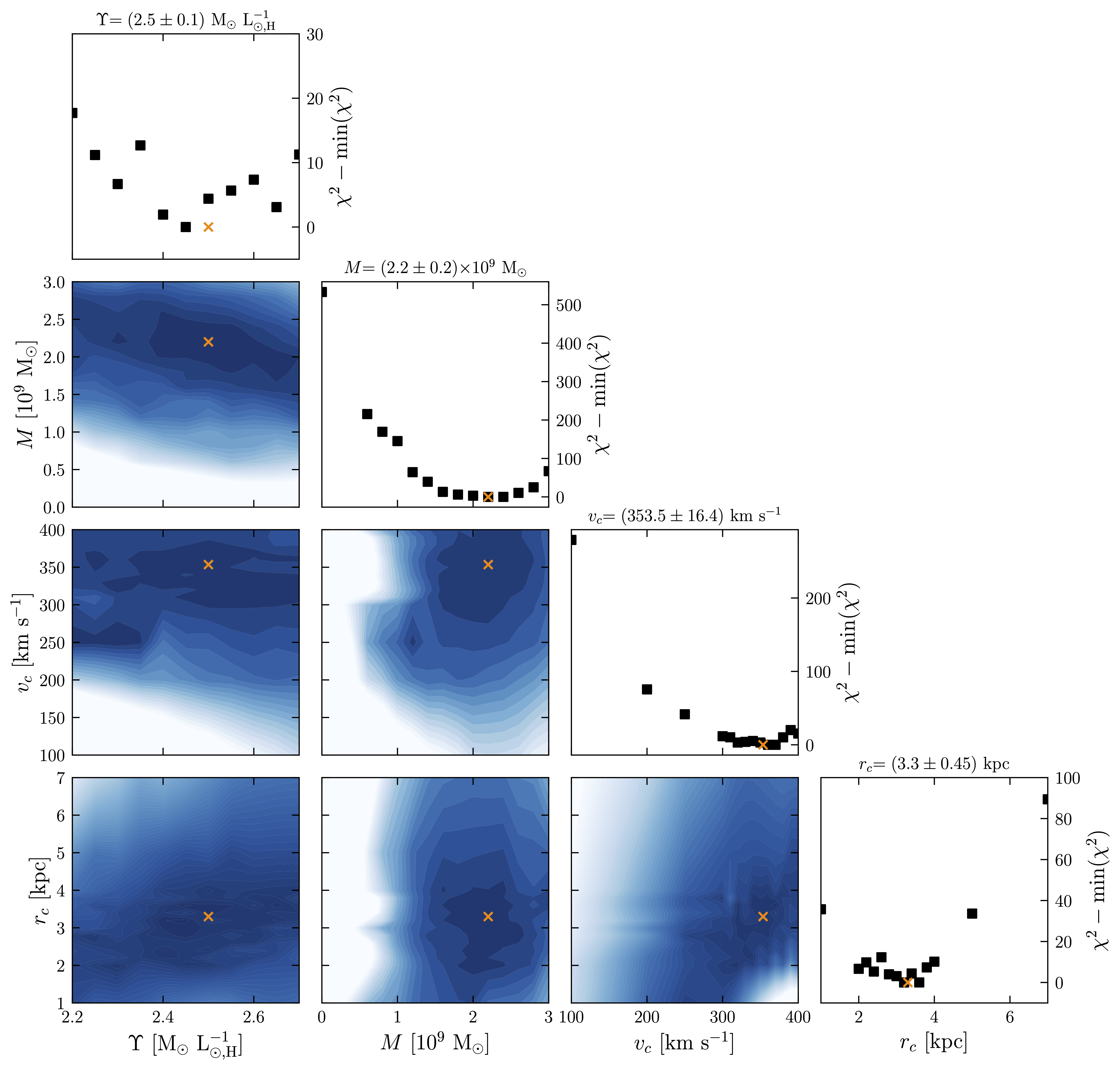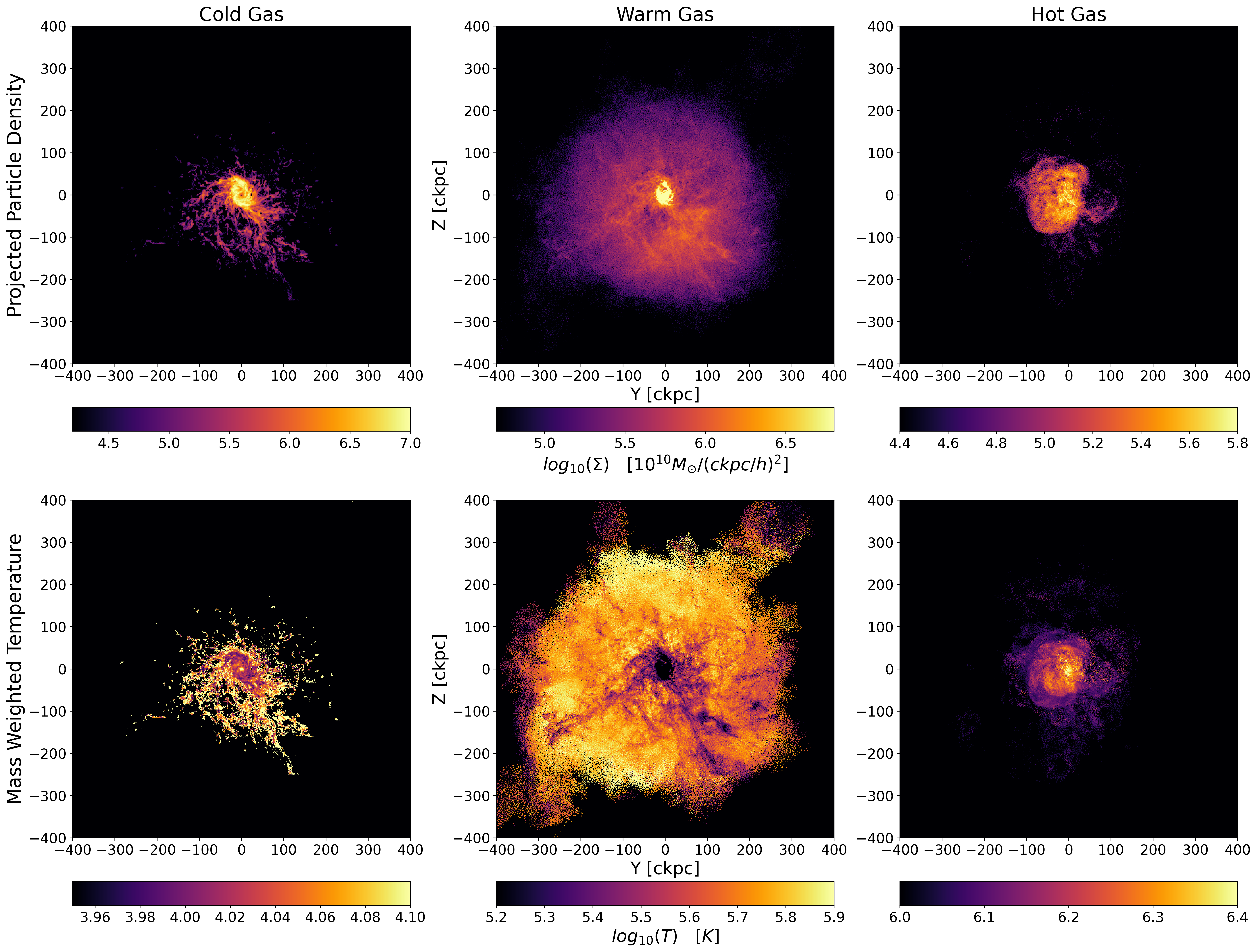About Me

Hello!
My name is Thomas (Korbin) Waters. I am a first-generation Ph.D. candidate at the University of Michigan, Ann Arbor, in the Astronomy & Astrophysics program. My primary research interests are in supermassive black holes and their broad impacts on galaxy properties and evolution.
Academic Journey and Inspiration
My academic journey in astrophysics started following my service in the United States Marine Corps as an infantryman with the 1st Light Armored Reconnaissance Battalion. I began at South Seattle Community College in Seattle, Washington, initially aspiring to a career in astronautical engineering. However, after attending my first few physics classes, I quickly shifted my focus to astronomy. My professor, Dr. Abigail Daane, was an incredible instructor who deeply inspired me to work towards a career in astronomy. Under her guidance, I received the Ready, Set, Transfer! (RST) Academy scholarship and began a capstone research project on measuring the mass of our local supermassive black hole, Sagittarius A*. I was instantly hooked on research the moment I started the project. Moreover, the first time I saw the results, after months of analysis, I was filled with a sense of accomplishment and wonder that I had never experienced before. I knew then that my calling was to be a researcher.
Undergraduate Research
After obtaining my Associate of Science degree, I transferred to the University of Washington, Seattle, where I majored in astronomy and comprehensive physics. In my first quarter, I joined the Pre-Major in Astronomy Program (Pre-MAP), a class aimed at introducing students to programming and astronomy research. I was paired with Dr. Meredith Rawls and was introduced to analyzing data from the Dark Energy Camera (DECam), used as a precursor for the Vera C. Rubin Observatory Legacy Survey of Space and Time (LSST). This experience was one of the highlights of my undergraduate research as I got my first taste of doing cutting-edge research in astronomy and I gained the foundation of programming skills that have been essential throughout my career. After Pre-MAP, I was fortunate to be accepted to work with Dr. Jessica Werk and her team, called the Werk SQuAD (Student Quasar Absorption Diagnosticians), on projects understanding the circumgalactic medium (CGM) around galaxies, and, as an extension to this, I also worked with Dr. Yakov Faerman on the properties of cool CGM. Drs. Werk and Faerman were incredible mentors who taught me the importance of collaboration and the value of a supportive research community.
Summer Internships
In addition to research at the University of Washington, I attended two summer internships that were pivotal to my development as a researcher. The first was at Caltech in Pasadena, California, where I worked with Dr. Kishalay De, who was a graduate student at the time, and his advisor, Dr. Mansi Kasliwal, on a project that aimed to optimize their source detection pipeline for Near-Infrared (NIR) data, which contains the unique challenge of having correlated pixel noise. The second internship I attended was at the Harvard & Smithsonian Center for Astrophysics in Cambridge, Massachusetts, where I worked with Dr. Razieh Emami to model galactic gas in the IllustrisTNG TNG50 simulation, which resulted in the publication of my first-ever first-author paper. These internships and my research at the University of Washington solidified my passion for research and my desire to pursue a career in academia. I then set my sights on completing my Ph.D.
Current Research and Future Aspirations
After graduating from the University of Washington, I was accepted into the Ph.D. program at the University of Michigan, Ann Arbor. Here, I work with Dr. Kayhan Gültekin. I am currently engaged in a project that aims to measure the mass of a collection of supermassive black holes to expand critical galaxy scaling relations. Details of my ongoing research can be found in the Research section!
I am incredibly fortunate to have had unique opportunities and continue to work in a field I am deeply passionate about. I intend to continue my career in astrophysics research, aiming for a postdoctoral position after completing my Ph.D., leading to a research role at an astrophysics research institution. I am also more broadly interested in data science and scientific computing. I intend to complete the University of Michigan's Data Science Certificate program to gain a more robust foundation in data science and scientific computing to complement my research skills.
A Personal Note
Outside of research, I love spending time in nature. My favorite activity is rock climbing, both indoors and outdoors, but I also enjoy hiking, camping, and backpacking. I also enjoy running, biking, and swimming (admittedly much less than my other, more relaxing hobbies) but I am currently training for a triathlon! I am trying to make an effort to stay in shape by, of course, choosing to do something incredibly difficult (the story of my life!). I also have a plethora of hobbies, including playing the guitar, creating stained glass, reading books (Stephen King and J.R.R. Tolkien are my favorites), and playing video games. I am a huge fan of RPGs and any game, really that has a compelling story. I am also an avid cook. I love making all types of food, especially Italian, and I pride myself on making my own recipes. I try to give myself the time to relax, do things that I enjoy, and spend time with the people I love. I believe that this is essential to being a good researcher!
Get in Touch
I am always open to collaborative opportunities and discussions about astrophysics. Feel free to reach out to me via the contact form linked in my Contact section. There, you will also find links to my LinkedIn, ORCID, GitHub, a search on NASA ADS for my publications, and a link to download my CV. I look forward to hearing from you!

